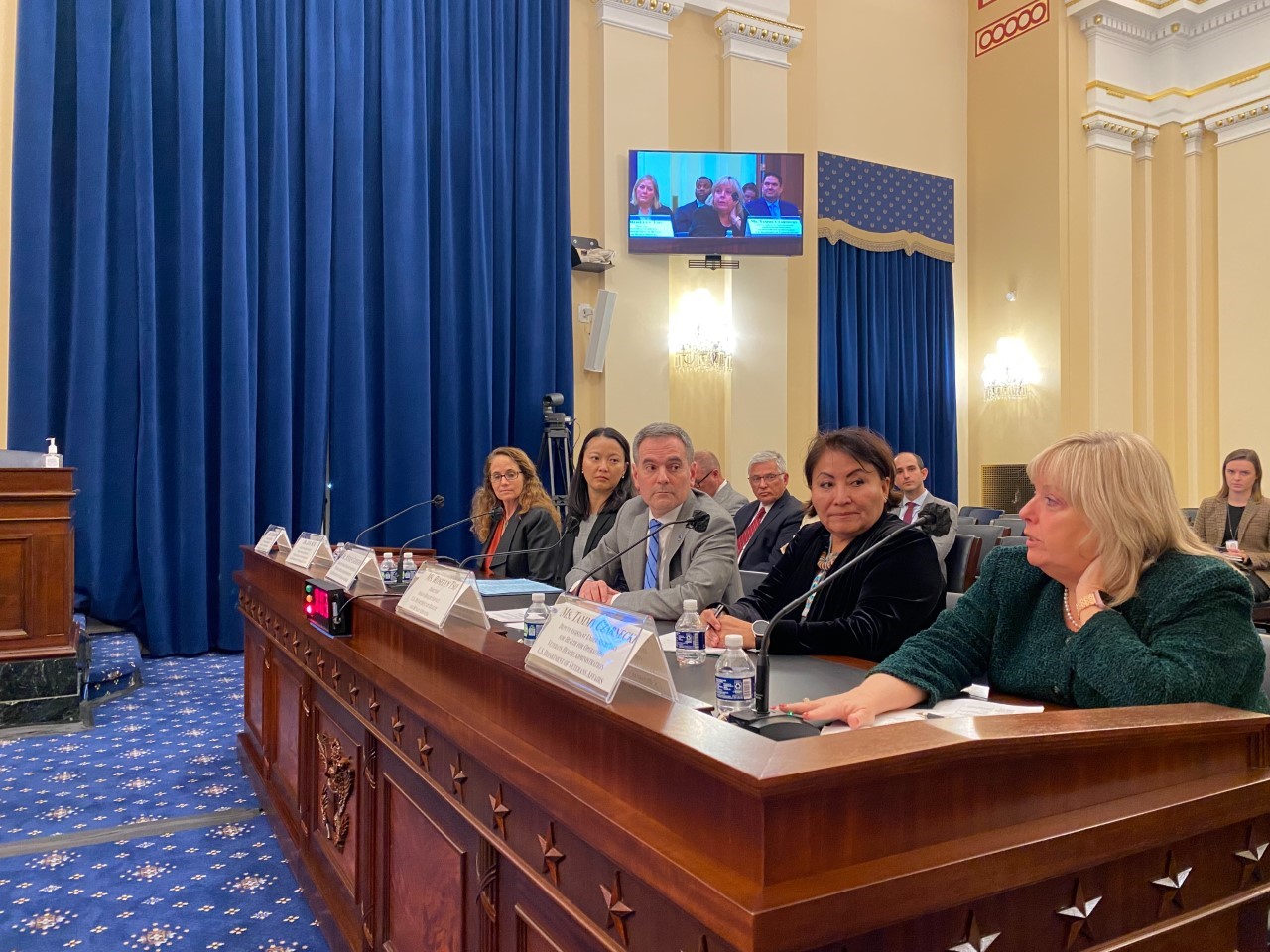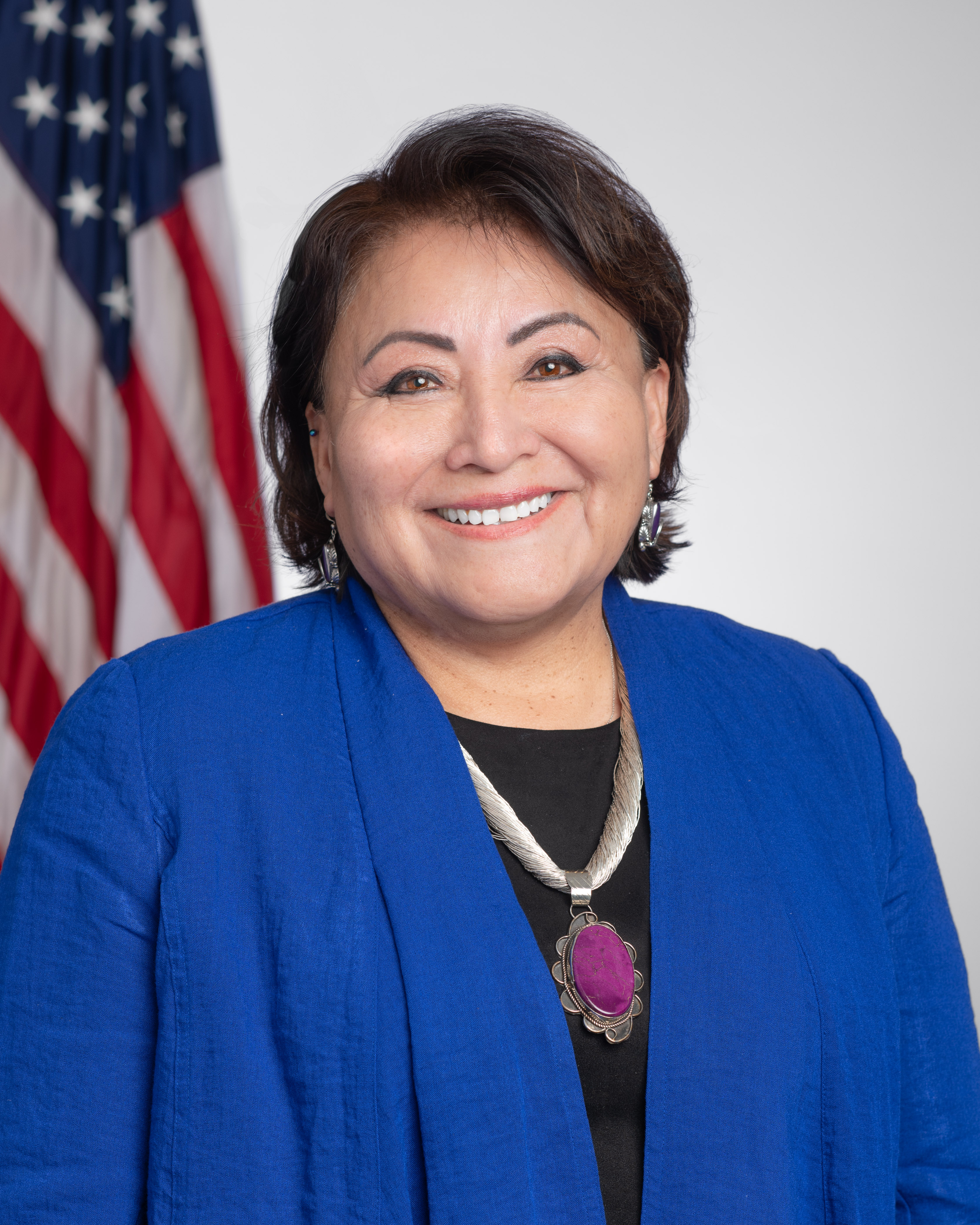On Tuesday, I testified during the U.S. House Committee on Veterans' Affairs full committee oversight hearing, "Review of the Role of VA's Fourth Mission and Pandemic Response." . I appreciated the opportunity to share more about the Indian Health Service’s ongoing efforts and response to mitigating the impacts of COVID-19, including our strong partnership and continued collaboration with the U.S. Department of Veterans Affairs.
From the beginning of the pandemic, the IHS has worked closely with tribal and urban Indian organization partners, state and local public health officials, and fellow federal agencies to coordinate a comprehensive public health response to the most significant global public health emergency in generations. Throughout these efforts, our top priority has remained the same — the safety of our patients, staff and community members within the IHS and throughout Indian Country.
At IHS, we aim to protect the health and safety of our workforce through education, training, distribution of clinical guidance and personal protective equipment, and much more. With the understanding that COVID-19 requires local expertise, we have supported tribal leaders in making strategic decisions for their communities and tribal citizens. Additionally, IHS actively engages in rapid tribal consultation and urban confer sessions to ensure funds and resources meet the needs of those we serve.
During my testimony, I spoke on the importance of the IHS and VA Interagency Agreement throughout the COVID-19 pandemic. This agreement sets the terms and conditions for coordinating and delivering health care and other services during disasters, public health incidents and other emergencies. Throughout my remarks, I highlighted examples of IHS areas that have been able to partner closely with the VA to mitigate severe impacts of the pandemic, such as staffing shortages, hospital bed capacity, patient transfers, and vaccine delivery.
I was also able to share with the committee my own experience utilizing the agreement as the director of the IHS Navajo Area during the height of the pandemic. When available nurses were extremely difficult to find, particularly in rural areas, the VA deployed 14 emergency department and medical-surgical registered nurses to the Gallup Indian Medical Center. The partnership between IHS and the VA was paramount in providing desperately needed clinical staffing support until additional contract nurses arrived, allowing for a smooth patient care transition throughout our facilities.
As we work toward recovery, the IHS continues to play a central role as part of an all-of-nation approach to prevent, detect, treat and recover from the COVID-19 pandemic. We will continue to treat each patient with culturally competent, patient-centered, relationship-based care to protect our communities and uplift the longstanding history of cultural resilience that Native people possess.
In my closing remarks, I thanked the committee for their support throughout the pandemic and reiterated our commitment to working closely with our federal and tribal partners to navigate the lasting impacts of COVID-19 and provide quality health care services to American Indians and Alaska Natives across the United States.
You can read my full testimony or watch the full hearing . online.


 Indian Health Service Director Roselyn Tso participating in U.S. House Committee on Veterans’ Affairs full committee oversight hearing, "Review of the Role of VA's Fourth Mission and Pandemic Response."
Indian Health Service Director Roselyn Tso participating in U.S. House Committee on Veterans’ Affairs full committee oversight hearing, "Review of the Role of VA's Fourth Mission and Pandemic Response."
